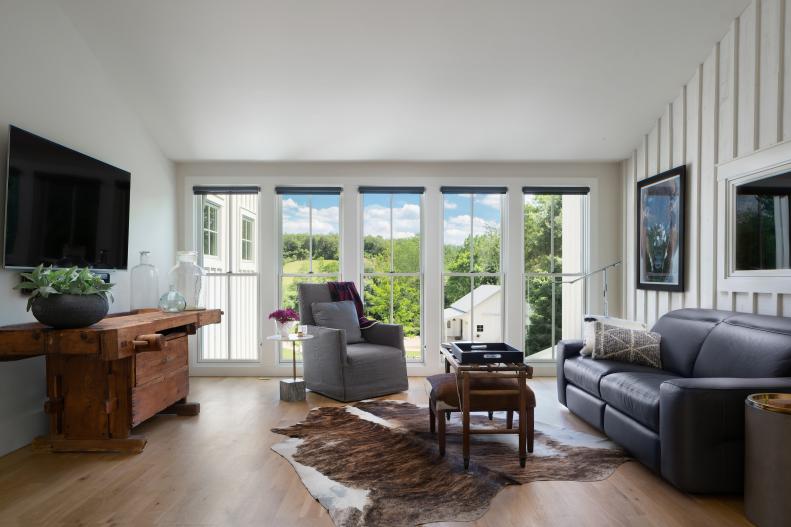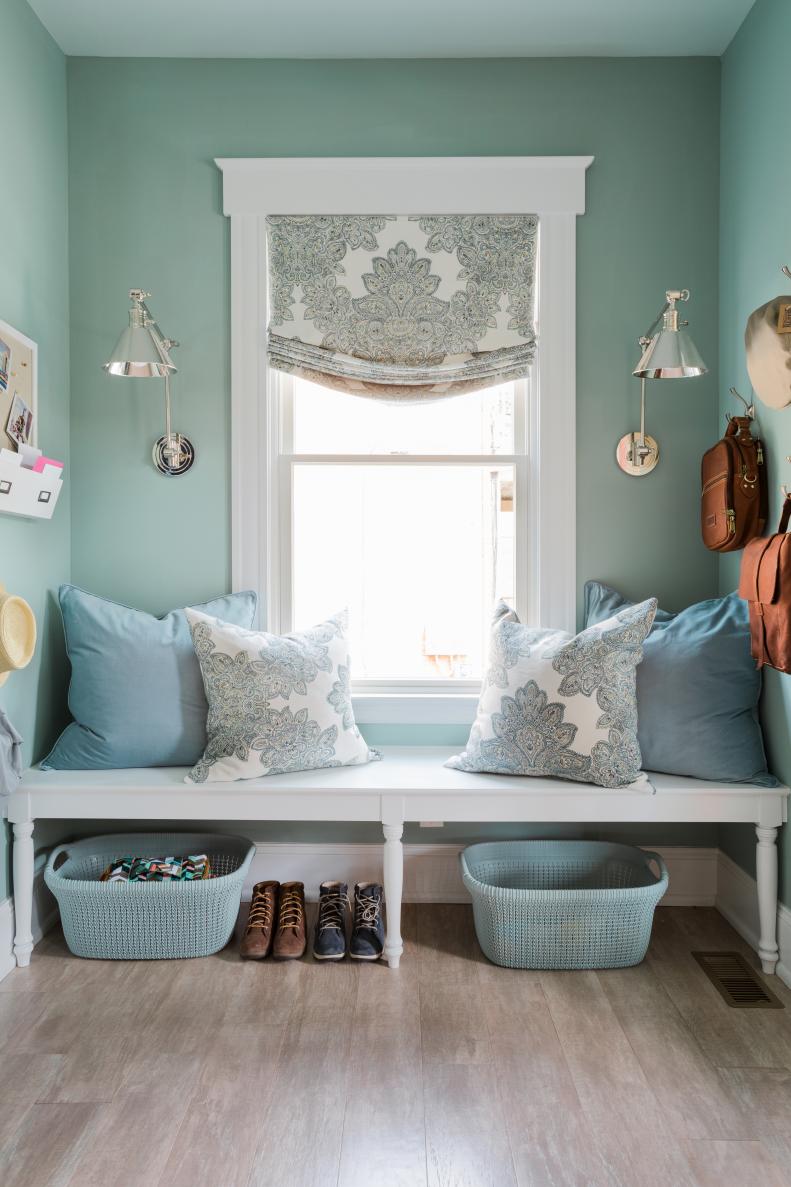1 / 23
Photo: Marshall Evan.
From:
Dustin Gerken.
Which Type of Window Is Right for You?
Many different window types make up the construction of your house. Consider your needs in each space — such as ventilation, light or privacy — when choosing windows for your home. Some window styles can be opened to let in fresh air, while others are inoperable but designed to allow maximum natural light to flood your rooms. Your windows also help define the style of your house whether it is traditional or modern. You can customize nearly any window to suit your changing tastes and needs.









